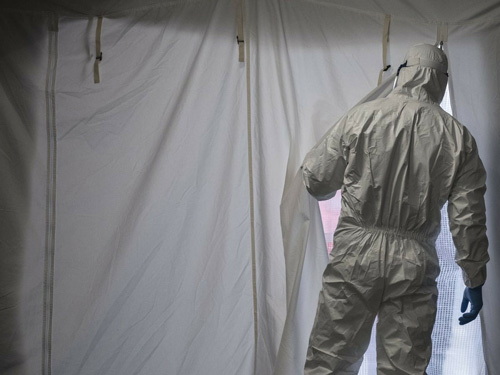KNOWING when and how to isolate or quarantine can help stop the spread of Covid-19.But isolation and quarantine are not the same thing.
“There’s a distinction between quarantine and isolation. Quarantine is for people who have been exposed and have not yet developed symptoms, and don’t know if they have it,” an infectious disease physician told “Isolation is for people who are suspected to have Covid-19 or had Covid-19, or who have tested positive whether or not they have symptoms.”
“I don’t think everybody quite appreciates that these are terms specific to these situations.” According to newly updated CDC guidelines, isolationTrusted Source is used to separate those infected with Covid-19 from those who aren’t.
Those in isolation need to stay home for at least 10 days after their symptoms begin and until their symptoms have improved and they have been without fever for at least 24 hours without fever reducing medications. In the home, those in isolation should try and stay away from other members of the household.
HOW HAS COVID-19 AFFECTED SUICIDALITY IN THE US? In many ways, the Covid-19 pandemic is a perfect storm for poor mental health. It has created fear, social isolation, physical distance, financial concerns, and more. It is no surprise this period of our lives has impacted mental health on a global scale.
Suicidality refers to suicidal ideation, where someone thinks about taking their own life, suicide plans, and suicide attempts. “As the Covid-19 pandemic unfolded, researchers began noting the potential for an unusually high level of susceptibility to extreme mental health consequences, including both suicide ideation and attempts,” write the study authors.
They continue: “People are generally fearful of Covid-19 and its devastating impact on families and communities, but such fear has become entangled with the added burden of rising unemployment, limited supplies of household goods, long lines at food pantries, and limited access to social and health-related services.”
In their investigation in suicidality and associated risk factors, the researchers took questionnaire data from 10,368 adults. The 20-minute survey collected information about the participants’ fears and anxieties around Covid-19, attitudes and perceptions of the coronavirus, physical and mental health, and food security.









